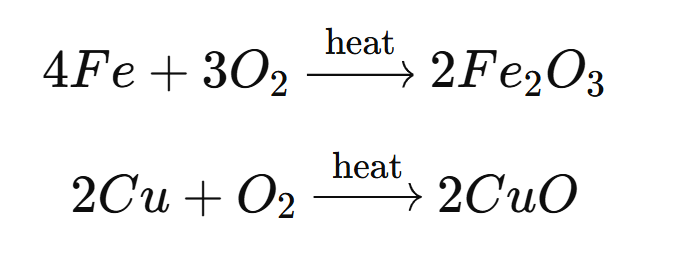Mineral 🆚 Ore
| Feature | Mineral | Ore |
| Definition | A naturally occurring inorganic substance with a definite chemical composition and crystalline structure | A type of mineral that contains a sufficient amount of a metal or valuable element that can be economically extracted |
| Composition | Can contain metals, non-metals, or a mixture of both | Contains a high concentration of a specific metal or valuable element |
| Economic Value | May or may not have economic value | Has economic value due to the extractable metal or element |
| Examples | Quartz (SiO₂), Feldspar (KAlSi₃O₈) | Hematite (Fe₂O₃) for iron, Bauxite (Al₂O₃) for aluminum |
Uses of Minerals
- Quartz: Used in making glass and ceramics.
- Feldspar: Used to make glass and ceramics.
- Mica: Used in electronics and as insulation.
- Gypsum: Used to make plaster and drywall.
- Calcite: Used in making cement and in steel production.
Uses of Ores
- Hematite (Iron Ore): Used to make steel for buildings and cars.
- Bauxite (Aluminum Ore): Used to make aluminum for planes, cans, and construction.
- Galena (Lead Ore): Used to make lead for batteries and construction.
- Chalcopyrite (Copper Ore): Used to make copper for electrical wires and plumbing.
- Cinnabar (Mercury Ore): Historically used to produce mercury, though it’s now less common due to its toxicity.

